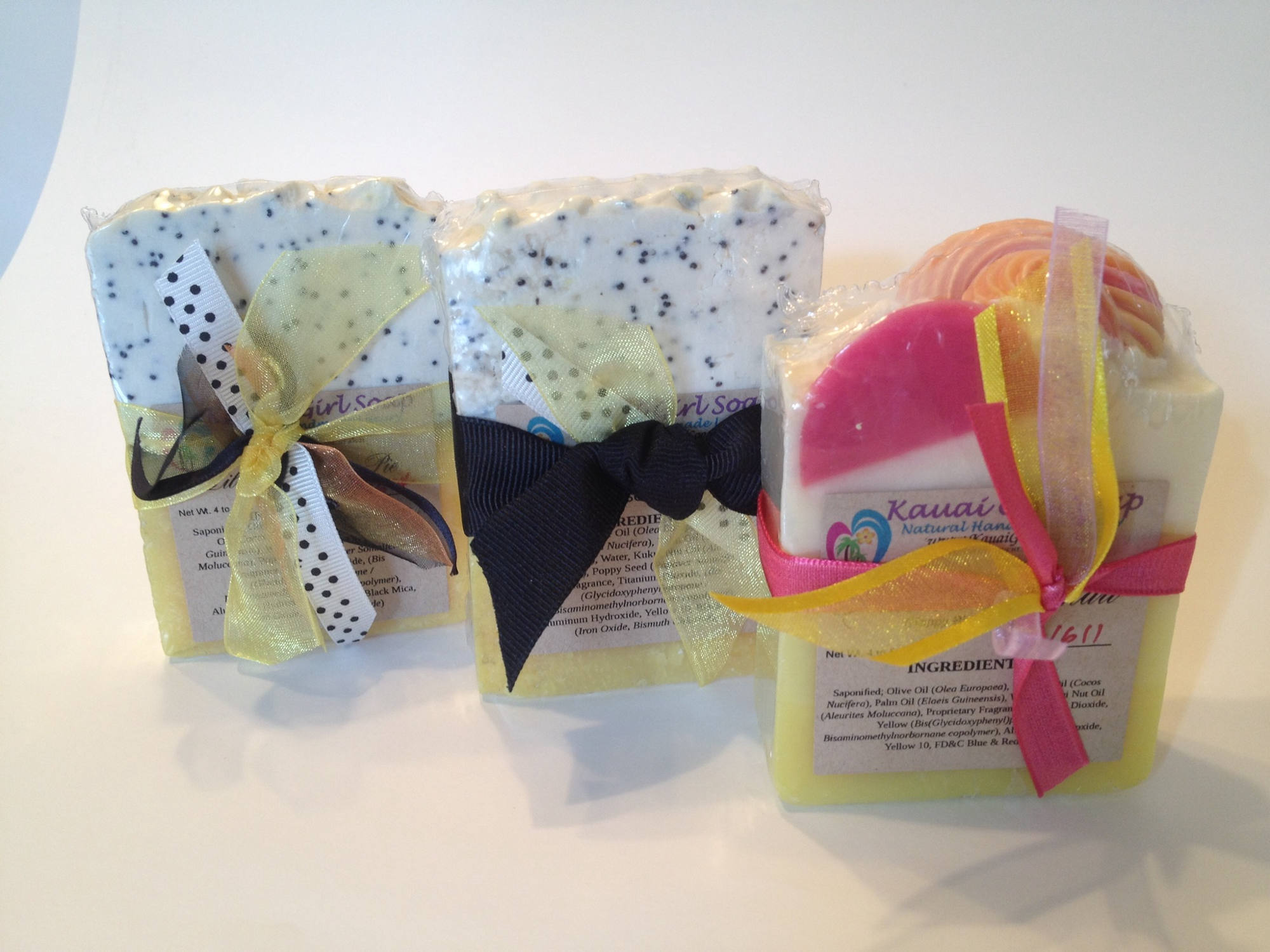My wife is the Hawaiian in our family. She had been on the mainland away from day to day Hawaiian culture for many years so her Hawaiian Pidgin accent was very little. In all reality she spoke just like any other Californian, but…
When we stepped off the airplane for our first visit to Kauai together (I had never been to the islands) I was totally shocked. Her family and friends met us and I was totally out in the dark. For many of the conversations I was lost. It was if they were speaking a foreign language…. WAIT… they WERE speaking a foreign language, Hawaiian Creole English. So let me tell you what that is.
What is A Pidgin?
An auxiliary language (Lingua Franca) that is adopted as a common language between speakers whose native languages in the same area are different.
The linguists say; A pidgin or “pidgin language” is a “contact language”, a simplified form of language used by people not having a common language as a way of communicating.
Pidgins have a limited vocabulary and are formed by using and combining phonetic words and elements of words from local languages into a simpler form of speech to which those speaking it can communicate without speaking their native tongue. Pidgins are not Native languages but are created from communication contact of native speakers of two or more languages.
Pidgins can be found in almost every geographic location in the world where one or many native languages abound.
Pidgin English is the pidgin that is spoken in Hawaii so I’ll concentrate on that. For more on the various types of Pidgin, simply search the web for Pidgin.
A Pidgin is not a mother or native tongue of anyone. It is a language with no native speakers. It has limited grammar, no real syntax or structure and is often spoken differently by strangers in the same conversation. It is a reduced or lesser language of slang words and phrases made up by combining two or more local languages.
Many countries teach English as a second language to their children as a common means of international communication. The term for this is know as: English as a Lingua Franca (ELF). You may have grown up as a French speaker but when you meet a Japanese tourist, you can usually speak English as a common language, a Lingua Franca. Another growing and prevailing Lingua Franca in the middle east is Arabic. A growing number of middle eastern people speak their own native language and also speak Arabic and many times English as a Lingua Franca.
A CREOLE language comes into place when children of pidgin speakers grow up with Pidgin as their first language. Most pidgin’s eventually drop out of use and become a thing of the past as the people of the area take up their native or mother tongue or another language (a prestige language) as their primary communication.
Hawaiian pidgin came to the mainstream as the sugar plantations grew up all over Hawaii. It was a necessity as the native Hawaiians could not speak with the plantation owners and managers, nor could they speak with all of the other foreign workers that came to work on the plantations. Plantation pidgin was influenced by the old style pidgin already used on the islands but plantation pidgin evolved and changed to meet the diverse population using it and quickly replaced the simpler older pidgin.
Hawaiian Creole English (HCE)
Hawaiian Pidgin sometimes referred to as “Pidgin English” is a Creole Language in Hawaii officially known as Hawaiian Creole English (HCE) as many children now grow up only speaking HCE “Pidgin English”. Since it is not a written language children have a steep learning curve when they enter primary school. By the 1950’s the number of native Hawaiian speakers was dwindling as the older Hawaiians died off and the new kids were growing up with HCE and English. In 1984 schools based in the native Hawaiian language know as Pūnana Leo started and began teaching the old Hawaiian language again. We have family members graduating Pūnana Leo type high schools now speaking their full heritage Hawaiian Language… They also speak pidgin pretty good to brah. HCE (pidgin) and old Hawaiian does compete in some towns with English as a prestige language but pidgin is still Alive and Doing Well.
Summary
Hawaiian Pidgin is not really just “Pidgin English” but its own Creole as there are many words in Hawaiian Pidgin made up from many aspect of Hawaiian Life and Culture coming from the seven prevalent languages spoken on the -islands: Hawaiian, English, Japanese, Philippine-Tagalog, Chinese-Cantonese, Portuguese, and Korean.![]()

